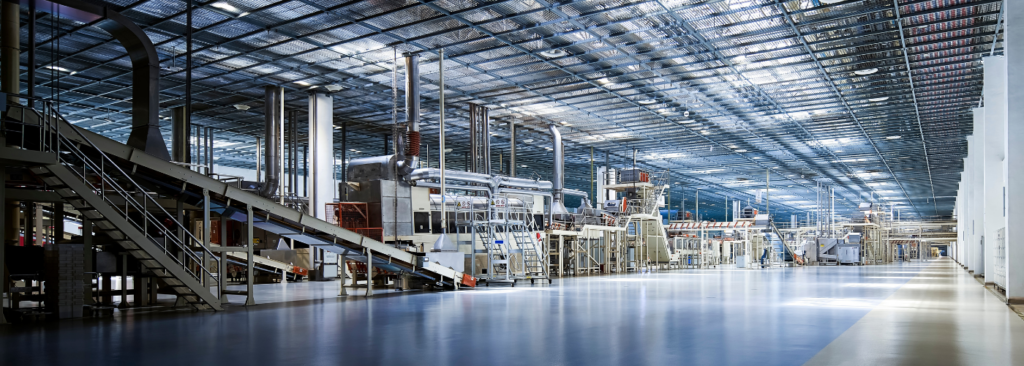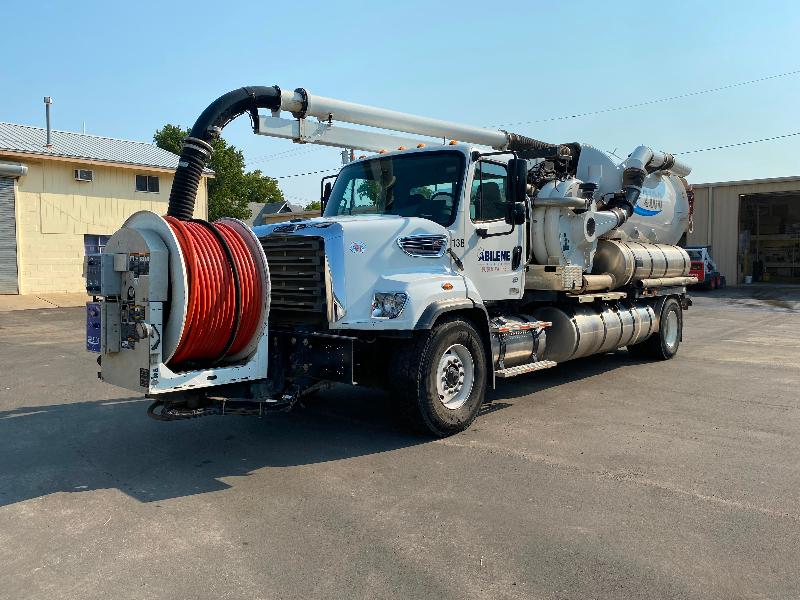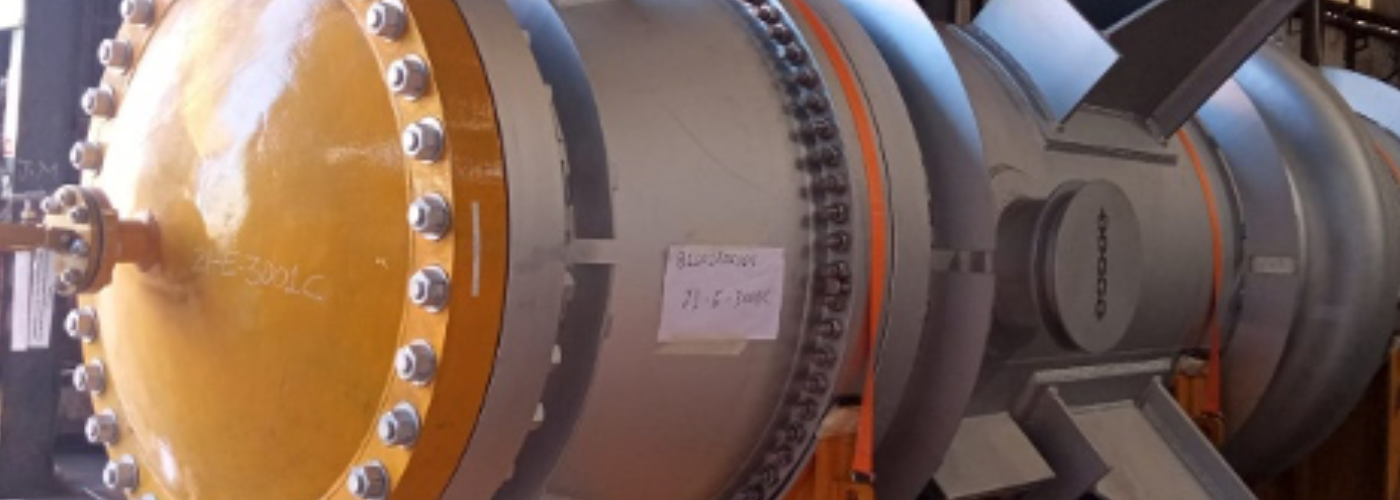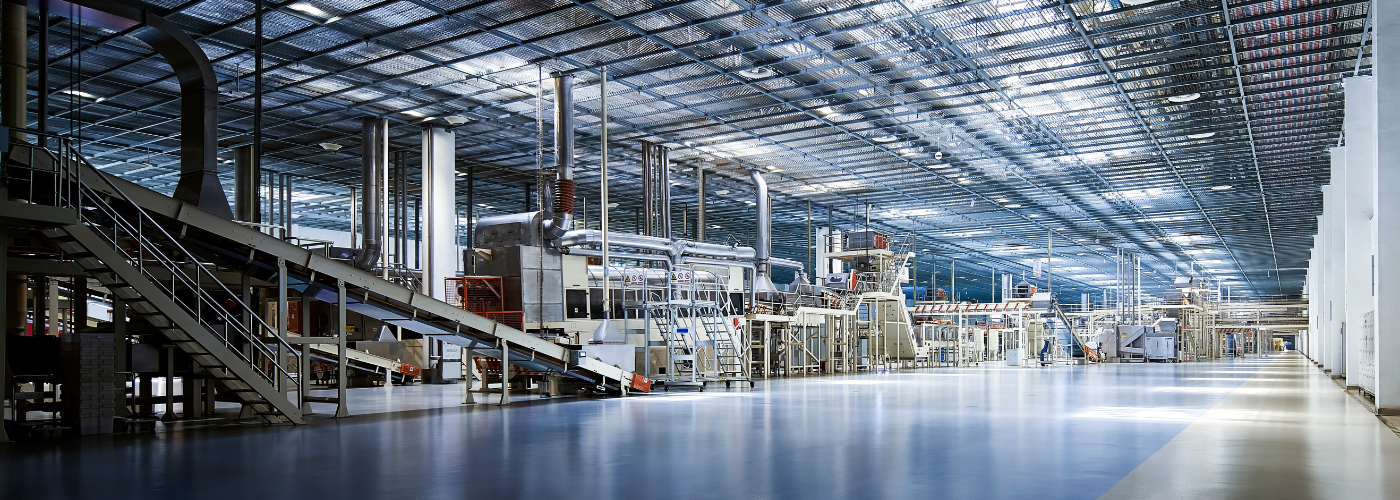In business, sustainable asset decommissioning—the reselling or recycling of underutilized or obsolete machines and equipment—is not just about being green, it’s about being smart. This financial game-changer will unlock the capital in your surplus assets, elevate your brand, and make a tangible impact on the planet. Curious how sustainability can drive your bottom line? Dive into these five powerful benefits and discover actionable steps to transform your surplus into success.
1. Maximize Capital Recovery Through Asset Resale
Unused equipment sitting in storage represents lost revenue potential. Sustainable decommissioning unlocks this value by facilitating resale in the secondary market or reutilizing materials for additional income.
- Why it Matters: By transforming surplus into revenue, organizations cut storage costs and align with sustainability goals through environmentally responsible asset management.
- Key Focus: Generating financial returns from unused assets.
- Suggested Action: Audit your surplus inventory regularly to identify dormant or outdated equipment. Collaborate with a respected surplus asset management partner who can appraise your assets and develop a targeted resale or recycling strategy, ensuring substantial compliance and maximum financial recovery.
2. Enhance Operational Efficiency by Clearing Facility Space
Outdated or unused equipment doesn’t just take up space—it hampers productivity, creates inefficiencies, and consumes valuable resources. Sustainable decommissioning frees up space while generating capital, allowing for streamlined operations and reduced maintenance burdens.
- Why it Matters: Operational efficiency directly impacts profitability and innovation in highly competitive industries. Removing surplus assets optimizes workflow and enables manufacturers to allocate resources to high-priority projects.
- Key Focus: Improving workflow and productivity by reclaiming operational capacity.
- Suggested Action: Establish a proactive system for identifying and removing obsolete equipment from your facility. This system will optimize space utilization, ensure safety, and maintain operational flow.
3. Enhanced Brand Reputation
Sustainable asset disposition isn’t just good for the planet—it’s good for your brand. A surplus asset program embedded in your broader business strategies benefits your brand financially and strengthens your organization’s reputation as a responsible, innovative, and forward-thinking organization.
- Why it matters: Reputation is a competitive differentiator. A surplus asset program is a strategic initiative that aligns operational goals with stakeholder expectations, boosting the company’s reputation, competitiveness, and profitability.
- Suggested Action: Create a compelling sustainability report showcasing your company’s surplus asset initiatives. Include details on the financial benefits, the environmental impact, and the operational efficiencies gained. Share these achievements with clients, investors, and employees to strengthen relationships, demonstrate leadership, and align with stakeholder values.
4. Reduced Environmental Impact
Conventional disposal methods for surplus equipment—like landfills—are wasteful and harm the environment. Sustainable decommissioning reduces waste and promotes resource conservation, helping organizations meet customer and shareholder environmental expectations.
- Why it matters: Businesses can significantly contribute to industrial waste. By diverting waste from landfills, you extend the original use of the asset, reduce your company’s carbon footprint, and contribute to a healthier planet.
- Example: Selling underutilized or no longer needed equipment will reduce the need for virgin materials, saving energy and natural resources.
- Suggested Action: Implement a surplus asset program and work towards zero waste for your organization’s asset disposal. To make well-informed and sustainable decisions, partner with an organization that is expert in delivering surplus management solutions with a reputation for supporting its client’s sustainability goals.
5. Opportunities for Circular Economy Integration
Sustainable decommissioning isn’t just about disposal—it’s about reintegration. Organizations contribute to a circular economy by reintroducing underused or decommissioned assets into the supply chain and extending their original use before recycling.
- Why it matters: A circular economy reduces dependency on raw materials, lowers costs, and advances an organization’s long-term investment in sustainability. It also promotes innovation and resilience, encouraging the reuse and repurposing of assets, reducing the need for new resources, and minimizing waste.
- Suggested Action: Explore opportunities to refurbish or repurpose surplus assets. Partnering with a respected surplus asset management partner who can value your surplus assets and identify potential buyers.
Take the First Step
Sustainable asset decommissioning isn’t just a way to manage surplus—it’s a strategy to drive growth, cut costs, and build a better future. Taking small, intentional steps today can transform your surplus management into a competitive advantage while contributing to a healthier planet.







